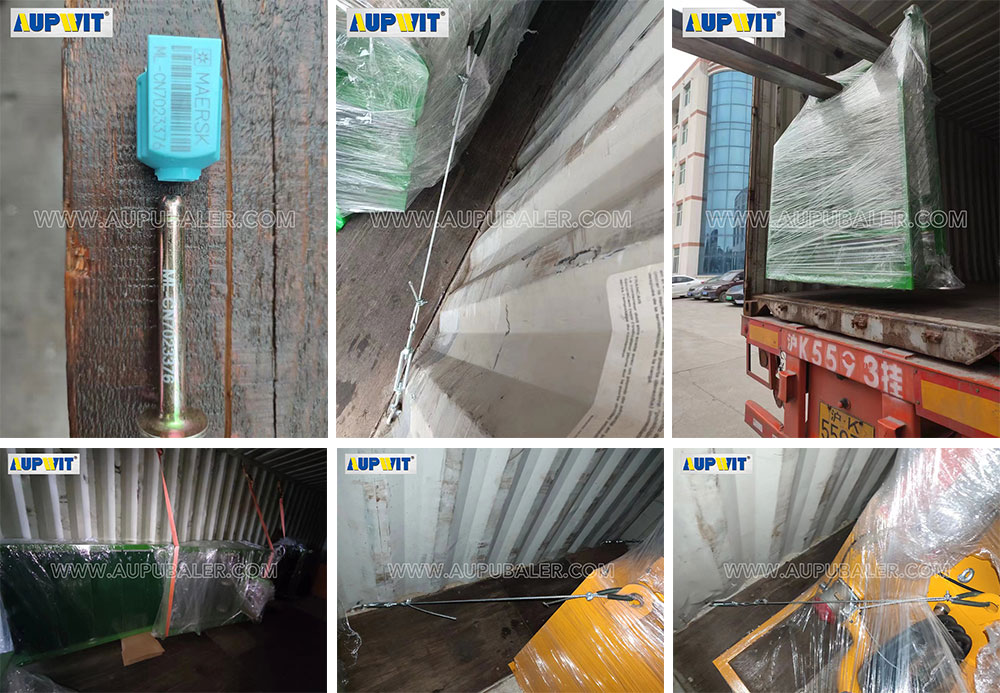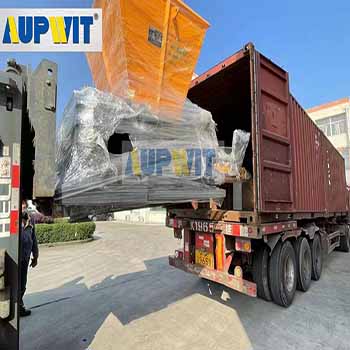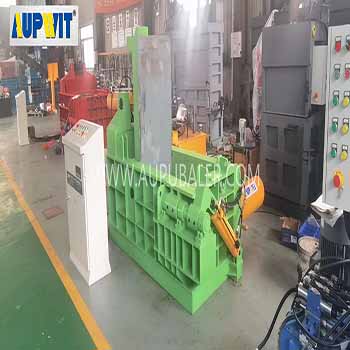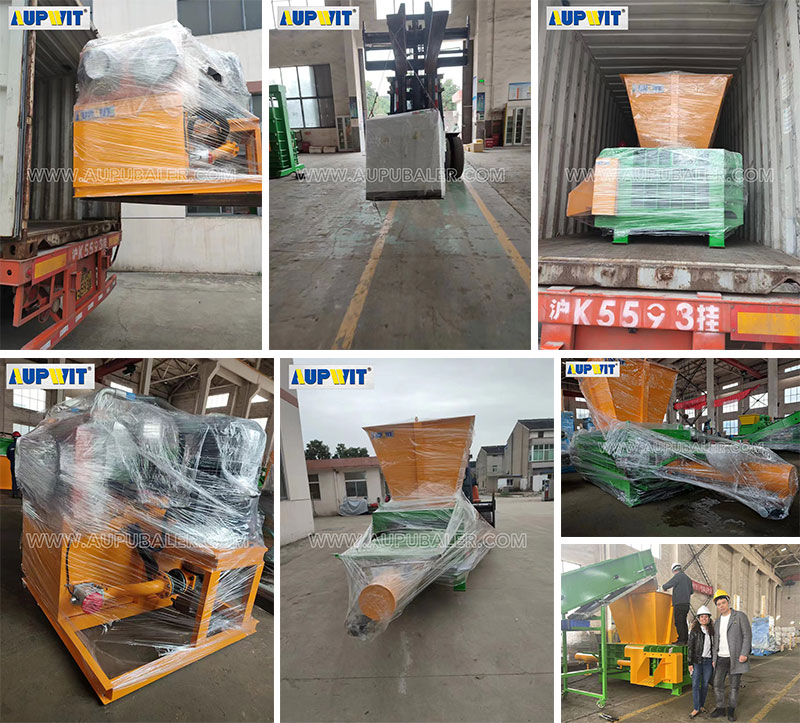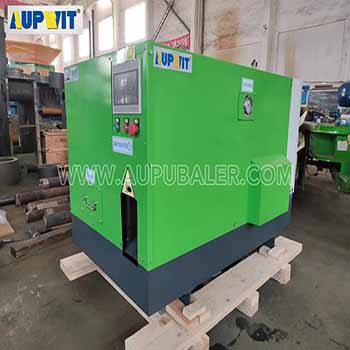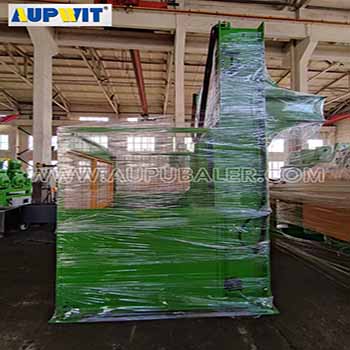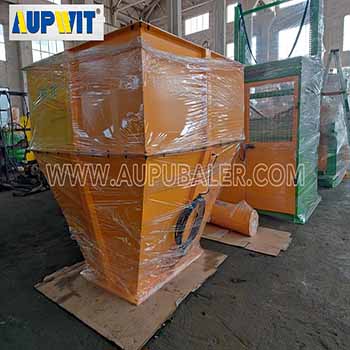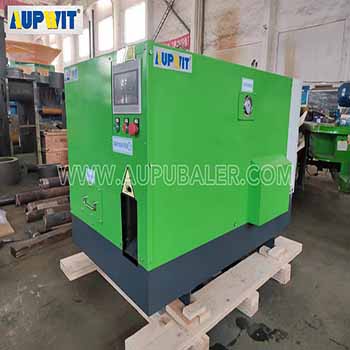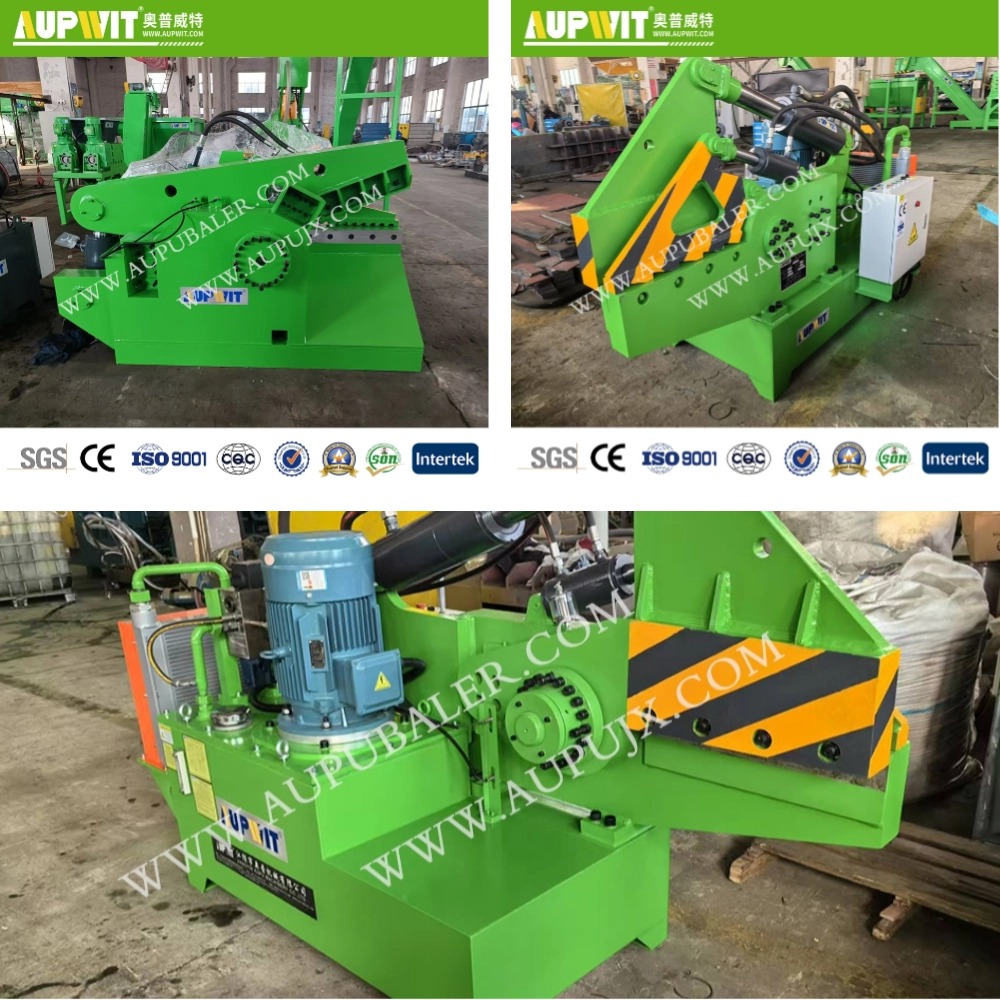-
![Can the tightening force of the fully automatic baler be adjusted?]() Aug 25, 25 Can the tightening force of the fully automatic baler be adjusted?
Aug 25, 25 Can the tightening force of the fully automatic baler be adjusted?Yes, the tightening force of a fully automatic baler can be adjusted, and this flexibility is a key feature designed to adapt to different packing needs...
read more > -
![How to reduce the failure rate of a fully automatic baler machine]() Aug 25, 25 How to reduce the failure rate of a fully automatic baler machine
Aug 25, 25 How to reduce the failure rate of a fully automatic baler machineTo reduce the failure rate of a fully automatic baler machine, a proactive strategy focusing on preventive care, standard operation, component monitoring, and environmental adaptation is essential...
read more > -
![How to ensure the packaging quality of fully automatic baling machines]() Aug 25, 25 How to ensure the packaging quality of fully automatic baling machines
Aug 25, 25 How to ensure the packaging quality of fully automatic baling machinesTo ensure the pack quality of a fully automatic baler machine, a comprehensive approach covering material management, equipment checks, parameter calibration, and regular maintenance is necessary...
read more > -
![How to adjust the length of the packing belt of a fully automatic baler machine]() Aug 25, 25 How to adjust the length of the packing belt of a fully automatic baler machine
Aug 25, 25 How to adjust the length of the packing belt of a fully automatic baler machineTo adjust the length of the packing belt in a fully automatic baler machine, start by familiarizing yourself with the machine’s control panel, where most length adjustments are managed...
read more > -
![How to solve the belt feeding problem of a fully automatic baler machine]() Aug 25, 25 How to solve the belt feeding problem of a fully automatic baler machine
Aug 25, 25 How to solve the belt feeding problem of a fully automatic baler machineTo solve the belt feeding problem of a fully automatic baler machine, a systematic troubleshooting approach is essential, as this issue often stems from material jams, mechanical wear, or incorrect settings...
read more > -
![How long is the lifespan of the mold of an aluminium briquetting machine]() Aug 22, 25 How long is the lifespan of the mold of an aluminium briquetting machine
Aug 22, 25 How long is the lifespan of the mold of an aluminium briquetting machineThe lifespan of an aluminium briquetting machine mold depends on multiple factors, including material quality, usage intensity, maintenance practices, and operational conditions...
read more > -
![How to control the vibration during the operation of an aluminium briquetting machine]() Aug 22, 25 How to control the vibration during the operation of an aluminium briquetting machine
Aug 22, 25 How to control the vibration during the operation of an aluminium briquetting machineControlling vibration during the operation of an aluminium briquetting machine is essential for ensuring equipment stability, reducing wear, and maintaining a safe working environment...
read more > -
![How to increase the briquette density of an aluminium briquetting machine]() Aug 22, 25 How to increase the briquette density of an aluminium briquetting machine
Aug 22, 25 How to increase the briquette density of an aluminium briquetting machineIncreasing the briquette density of an aluminium briquetting machine requires a combination of material preparation, equipment adjustment, and operational optimization....
read more > -
![What protective measures are required when using an aluminium briquetting machine outdoors]() Aug 22, 25 What protective measures are required when using an aluminium briquetting machine outdoors
Aug 22, 25 What protective measures are required when using an aluminium briquetting machine outdoorsUsing an aluminium briquetting machine outdoors requires specific protective measures to ensure equipment durability, operational safety, and consistent performance under varying environmental conditions...
read more > -
![What is the optimal operating temperature of an aluminium briquetting machine]() Aug 22, 25 What is the optimal operating temperature of an aluminium briquetting machine
Aug 22, 25 What is the optimal operating temperature of an aluminium briquetting machineDetermining the optimal operating temperature for an aluminium briquetting machine is crucial for ensuring efficient performance and product quality...
read more >
-
no informain


